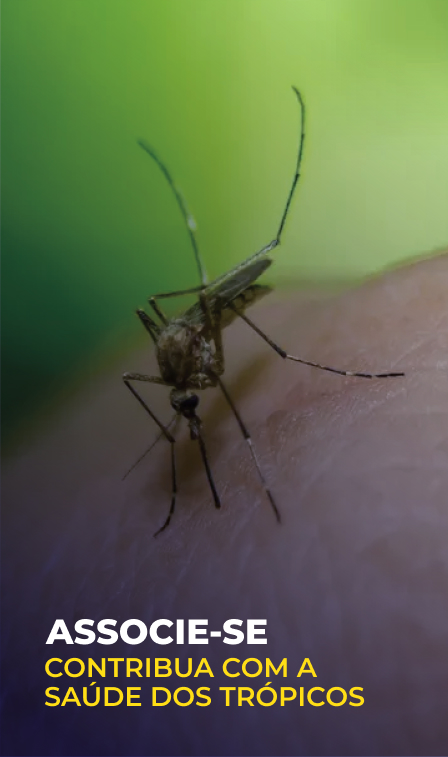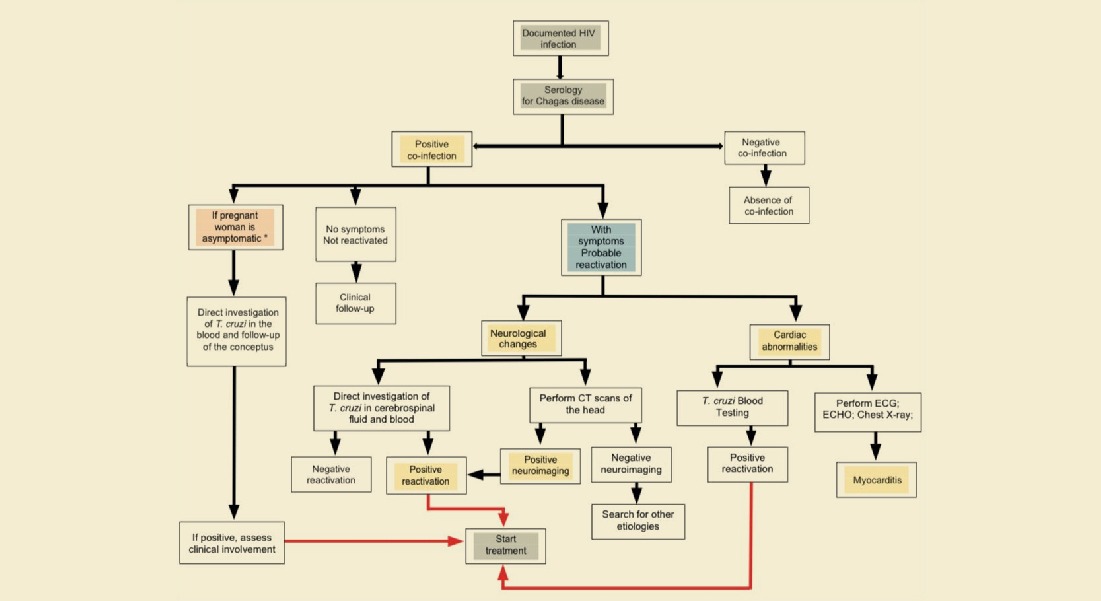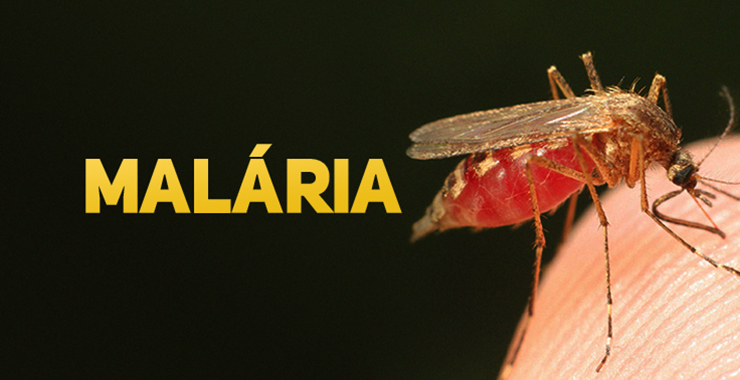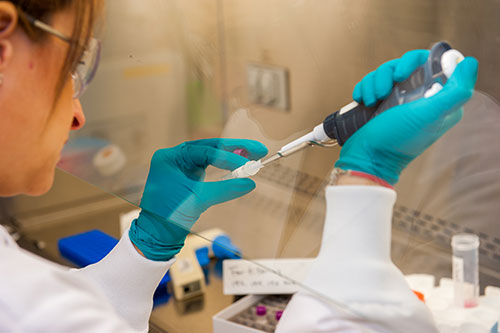
Super-Resistant Gonorrhea: Arrival in the Americas Calls Attention for Improper Antibiotic Use
The strain of the bacteria Neisseria gonorrhoeae identified in the United States had already been recently reported in the United Kingdom and Asia
09/03/2023
Emergence of this strain indicates the continued evolution of N. gonorrhoeae and the ability to develop resistance to antimicrobial treatment
Gonorrhea remains a major public health problem and has been a feared Sexually Transmitted Infection (STI) for two reasons: it is the second most common in the world, affecting millions of people every year, and the increase in the number of cases of patients who do not respond to traditional treatment. Published in December 2022, the
“Global Antimicrobial Resistance and Use Surveillance System”, (GLASS), from the World Health Organization (WHO), warned of the growth of antibiotic-resistant bacteria and mentioned gonorrhea. According to the report, more than 60% of the strains isolated from Neisseria gonorrhoeae, the bacterium that causes gonorrhea, showed resistance to one of the most commonly used oral antibacterial in the treatment, ciprofloxacin, which makes it difficult to fight infection and increases the risk of severe outcomes. Previous warnings from the WHO have approached the disease and warned doctors to be careful when treating it, as the excessive or wrong use of antibiotics contributes to making the agents resistant.
In 2021, The Lancet Microbe published the results of a retrospective observational study of global surveillance of antimicrobial resistance for Neisseria gonorrhoeae. Entitled “WHO global antimicrobial resistance surveillance for Neisseria gonorrhoeae 2017–18: a retrospective observational study”, the document, with data from 73 countries, confirmed that resistant strains are widely spread worldwide. The total number of gonorrhea isolates examined for susceptibility to different antimicrobials ranged from 12,895 for cefixime to 25,505 for ciprofloxacin in 2017 and from 15,876 for cefixime to 27,251 for ciprofloxacin in 2018. According to the study, there was decreased susceptibility or resistance to ceftriaxone in 21 (31%) of the 68 countries reported and to cefixime in 24 (47%) of the 51 countries. Resistance to azithromycin was reported by 51 (84%) of the 61 countries and to ciprofloxacin by all (100%) of the 70 reporting countries. The article also showed that surveillance remained scarce in Central America, Caribbean, Eastern Europe, Regions in Africa, Eastern Mediterranean and Southeast Asia.
The recent identification of the first two cases in the United States of gonorrhea with reduced sensitivity to the antibiotic currently recommended as a treatment has brought the subject back to attention. According to the local Department of Public Health, the new strain had previously been found in the UK and Asia-Pacific countries, but these are the first cases discovered in America. The infection is spread during unprotected vaginal, anal or oral sex with an infected person. Pregnant women who have gonorrhea can also transmit it to their baby.
The vice president of the Brazilian Society of Infectious Diseases (SBI), Dr. Alexandre Naime, explains that gonorrhea is becoming resistant due to the inappropriate use of antibiotics by the population and also, often, by wrong indication of physicians. “This goes back to the creation of penicillin in the 1940s. To give you an idea, in the beginning, Neisseria gonorrhoeae was sensitive to penicillin, and it was the treatment. But like first- and second-generation penicillin and later cephalosporins have been used inappropriately during these past five or six decades, not just N. gonorrhoeae, but other bacteria have acquired a resistance mechanism. First it responded to penicillin, then it did not respond, then we started using a second-line antibiotic (ciprofloxacin), then we found that it no longer worked. Today, the protocol in Brazil is a third-generation antibiotic called ceftriaxone. But in several places around the world, especially in London, gonorrhea has become resistant to this antibiotic and, today, it responds only to one drug,” adds the professor and researcher at São Paulo State University (Unesp).
Asked if gonorrhea could become untreatable, the doctor emphasizes that research is working to reach antibiotics that can treat very resistant bacteria, but admits that there is always a risk of a failure to have treatment, as is already the case in some cases of Staphylococcus aureus infection and tuberculosis. “We hope this doesn’t happen with gonorrhea. Therefore, continuing medical education regarding the use of antibiotics in an appropriate way is fundamental, as well as preventing the population from having direct access to antibiotics,” warns the infectologist. But is Brazil ready for a super-resistant gonorrhea? Dr. Naime says in theory yes, and we even have the rescue medication, Ertapenem, an antibiotic of the carbapenem class. In addition, the professor recalls that epidemiological surveillance in the country has been constant.
Early Treatment Reduces Possibilities of Problems
According to Dr. Naime, it is possible to contain the spread of this STI with new antibiotics, tests and prevention. “The more diagnoses we have, the more research and investments in new antibiotics, as well as tools capable of making the diagnosis more assertively and, especially, with continued medical education and proper use of antibiotics, it is possible to decrease the chance of emergence of resistance not only for N. gonorrhoeae, but also for other resistant bacteria,” he adds. However, the infectologist recognizes that diagnosis is a huge challenge, because the confirmation kits (NAT) are not adequately distributed, in addition, often, the treatment is performed empirically. The doctor also criticizes the indication of ceftriaxone for any type of urethritis or urethral discharge, which can lead to the emergence of resistance if the patient does not use the medication properly.
The difficulty of diagnosis and the ease with which the bacterium is transmitted may be behind the huge number of cases. According to data from the Ministry of Health, there are about 500 new cases per year in the country. N. gonorrhoeae can infect the lining of the urethra, cervix, rectum and throat or the membranes covering the front of the eye (conjunctiva and cornea). If left untreated, it can result in several complications and, in rare cases, can lead to infertility or septicemia. There is currently no vaccine against this infection. In 2016, the WHO set a target to reduce the incidence of gonorrhea by 90% by 2030, however, no vaccine has been developed. The lack of an immunizer to prevent infection and the diminished effectiveness of available treatments ignite concerns about the possibility of gonorrhea becoming increasingly resistant to treatment, or even untreatable, in the future.
Meningitis vaccine may prevent gonorrhea
According to three studies published in April 2022, the meningitis vaccine, 4CMenB, may help prevent gonorrhea. In the first study, “Effectiveness of a serogroup B outer membrane vesicle meningococcal vaccine against gonorrhea: a retrospective observational study”, the findings indicate that full vaccination, which considers the two-dose regimen, provided 40% protection against gonorrhea. While one dose of the immunizer conferred 26% protection. The authors pointed out that the findings suggest that meningitis vaccines that are only moderately effective in protecting against gonorrhea can have a major impact on preventing and controlling the disease.
The second study, “Effectiveness and impact of the 4CMenB vaccine against invasive serogroup B meningococcal disease and gonorrhea in an infant, child, and adolescent program: an observational cohort and case-control study“, the researchers evaluated the effectiveness of the meningitis vaccine for gonorrhea in the context of the immunization program. They analyzed meningitis and gonorrhea infection data from the Department of Communicable Disease Control and vaccination information against meningitis from the Australian immunization registry. In addition to being highly effective against meningococcal B meningitis and sepsis in adolescents and young adults, the two-dose regimen was 33% effective against gonorrhea.
The third study, “Public health impact and cost-effectiveness of gonorrhea vaccination: an integrated transmission-dynamic health-economic modelling analysis“, assessed the health impact and cost-benefit of using a vaccine to prevent gonorrhea infections. According to the researchers, vaccination may reduce the future impacts of antimicrobial resistance, meaning it would be even more beneficial than currently estimated. The authors recommend preventive vaccination of men who have sex with men against meningitis, which would prevent about 110 thousand cases and save up to £8 million (around R$ 49 million or US$9.6 million) in 10 years.
In 2017, a study conducted in New Zealand entitled “Effectiveness of a group B outer membrane vesicle meningococcal vaccine against gonorrhea in New Zealand: a retrospective case-control study”, brought, for the first time, indications that the meningitis vaccine could prevent this STI. The study, published in The Lancet, showed that mass application of the meningitis B vaccine reduced the risk of becoming infected by gonorrhea among people who were immunized by more than 30% percent.










